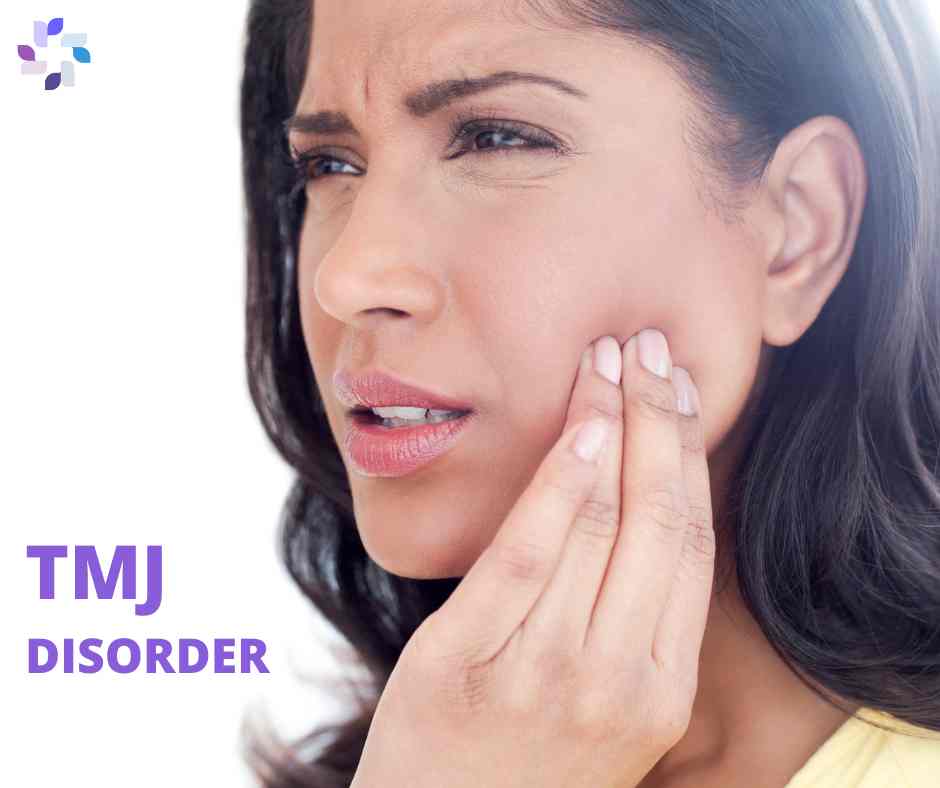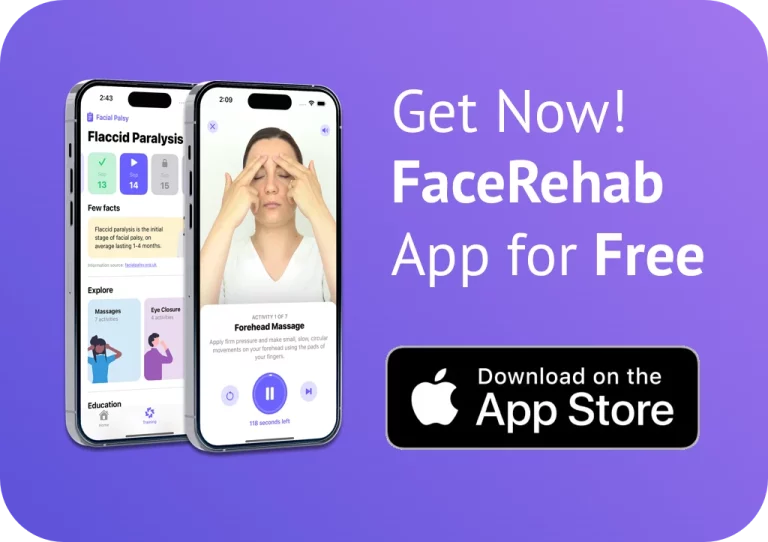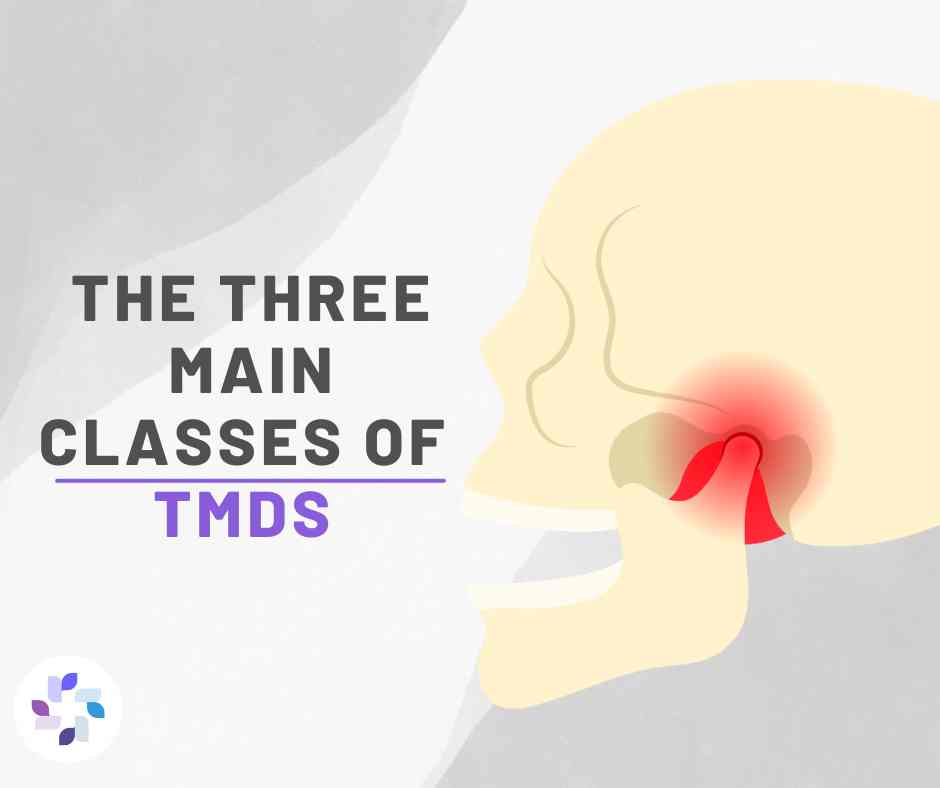Introduction: TMJ disorders (TMD) affect millions globally, yet misconceptions often cloud understanding. In this comprehensive guide, we aim to dispel myths, clarify facts, and delve into effective TMJ disorder management strategies.
Understanding TMJ Disorder: The temporomandibular joint (TMJ) connects the jawbone to the skull, facilitating essential functions like chewing and speaking. TMJ disorders encompass a range of conditions affecting this joint, leading to symptoms such as joint pain, clicking or popping sounds, difficulty chewing, and jaw locking.
What Isn’t TMJ Disorder? While occasional jaw discomfort is common, it doesn’t always signify TMD. Persistent symptoms, such as chronic pain or difficulty with jaw movement, warrant professional evaluation to rule out or confirm TMJ disorder.
Common Misconceptions about TMJ Disorders:
- Pain Isn’t the Sole Indicator: While pain is a prevalent symptom, other factors like joint noises, limited jaw movement, or muscle stiffness contribute to a diagnosis of TMJ disorder.
- Impact Extends Beyond the Jaw: TMJ disorders can cause referred pain, affecting adjacent areas such as the neck, shoulders, and ears. Understanding these connections is crucial for accurate diagnosis and treatment.
- TMJ Disorders Aren’t Always Permanent: Contrary to popular belief, many cases of TMJ disorder are temporary and can be effectively managed with conservative treatments. Early intervention is key to preventing the progression of symptoms.
- Affecting All Ages: While adults are more commonly affected, TMJ disorders can occur in individuals of any age, including children and adolescents. Awareness of potential risk factors and early signs is essential for timely intervention.
Effective Treatment and Rehabilitation Strategies: Managing TMJ disorders often requires a multidisciplinary approach tailored to individual needs. Some effective treatment options include:
- Physical Therapy: Targeted exercises to improve jaw flexibility, strengthen muscles, and enhance range of motion.
- Medications: Pain relievers, muscle relaxants, or anti-inflammatories may be prescribed to alleviate symptoms and improve comfort.
- Stress Management Techniques: Stress can exacerbate TMJ symptoms by triggering jaw clenching or teeth grinding. Stress reduction techniques such as mindfulness, relaxation exercises, or counseling can be beneficial.
- Dental Treatments: Orthodontic adjustments, dental splints, or bite guards may be recommended to correct misalignments, reduce pressure on the TMJ, and prevent further damage.
- Surgical Intervention: In severe cases where conservative treatments fail to provide relief, surgical options such as arthroscopy, joint injections, or open joint surgery may be considered. However, surgery is typically reserved as a last resort due to associated risks and potential complications.
Understanding the complexities of TMJ disorders is essential for accurate diagnosis and effective management. By debunking myths and highlighting facts, individuals can make informed decisions about their oral health. Remember, early intervention and appropriate treatment are key to improving quality of life for those affected by TMJ disorders.
Source: https://www.nidcr.nih.gov/health-info/tmd







